Sequoia National Forest: 1st Time Visitor Guide
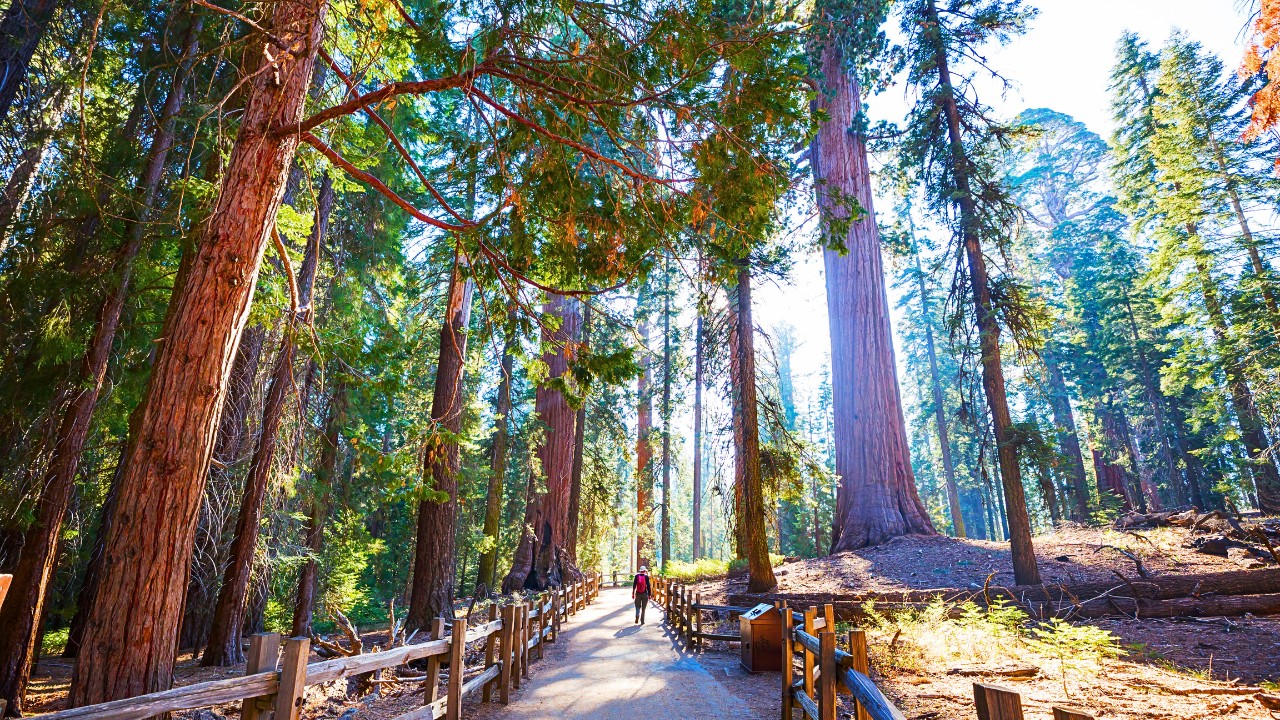
Towering sequoia groves, deep river canyons, high alpine meadows, and rugged granite peaks, Sequoia National Forest is a place where California’s wilderness still feels wild. Whether you’re here for your first glimpse of a giant sequoia or planning a multi-day adventure through some of the state’s most underrated backcountry, this forest offers a perfect balance of awe and solitude.
Overview
Located in the southern Sierra Nevada Mountains of California, Sequoia National Forest spans over 1.1 million acres. It’s home to 34 groves of giant sequoias, second only to neighboring Sequoia National Park. The forest includes several distinct districts: Kern River, Hume Lake, and Western Divide, each offering its own flavor of natural beauty.
Unlike the neighboring national park, the forest tends to be less crowded while offering access to similarly stunning landscapes.
Photos
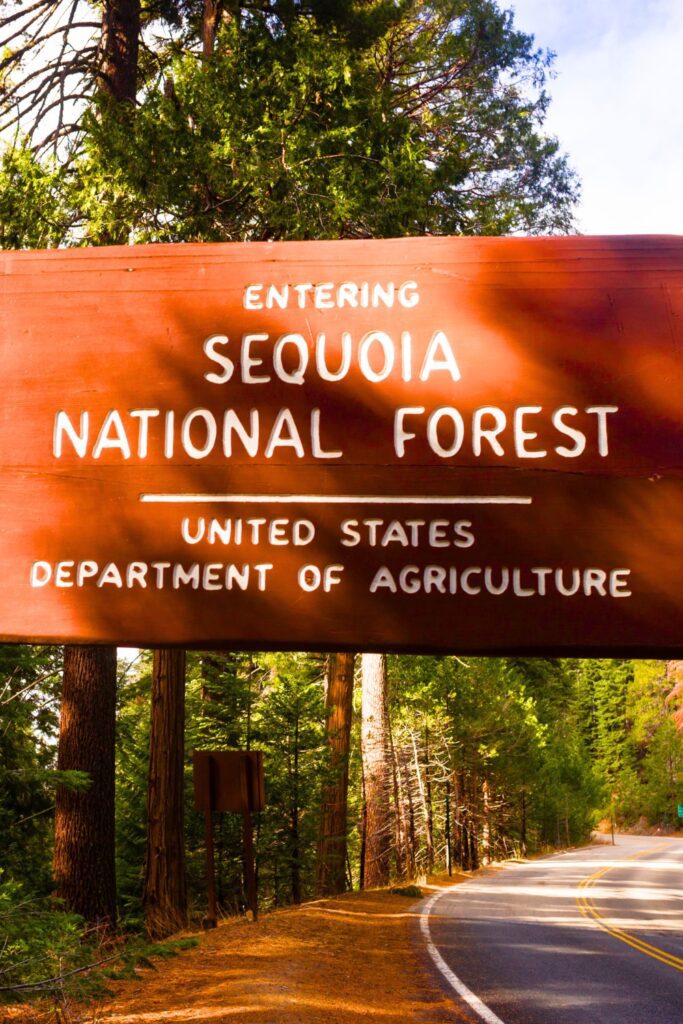
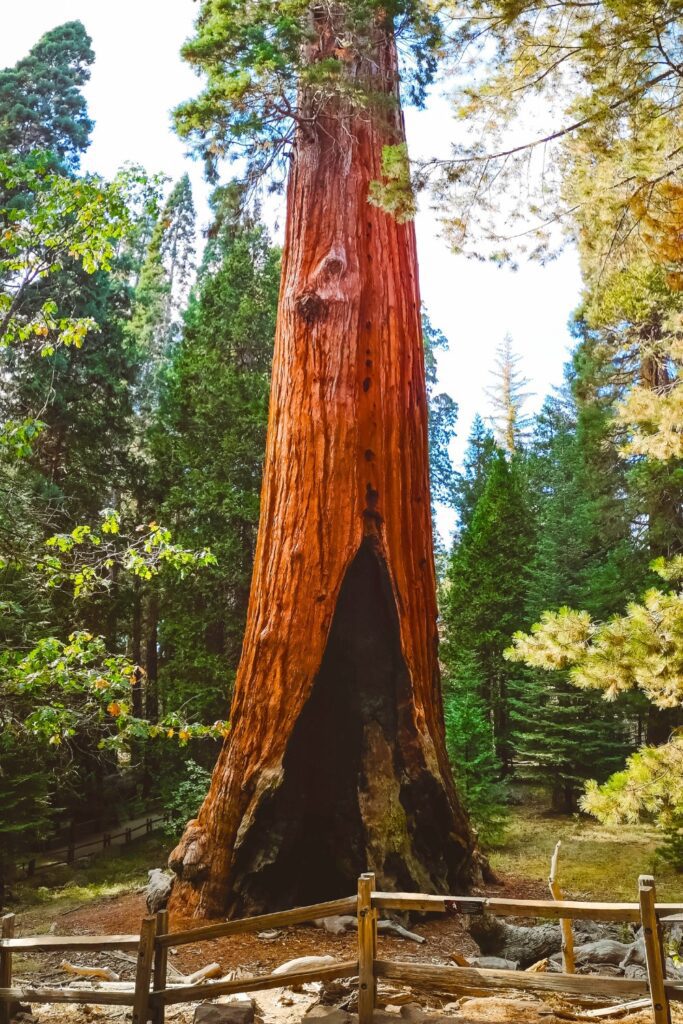
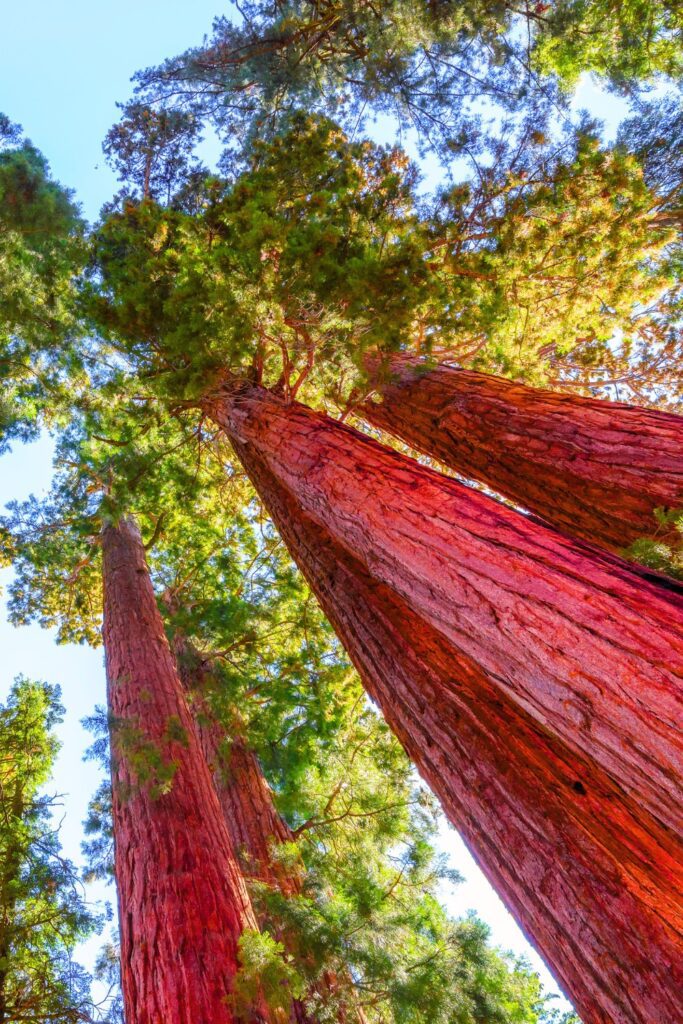

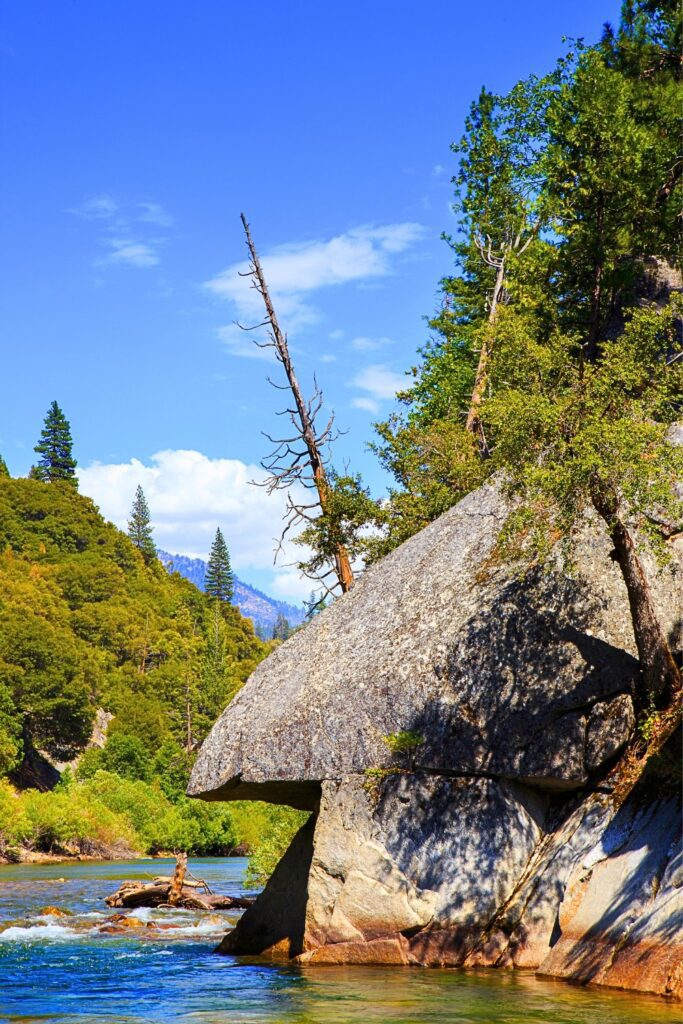
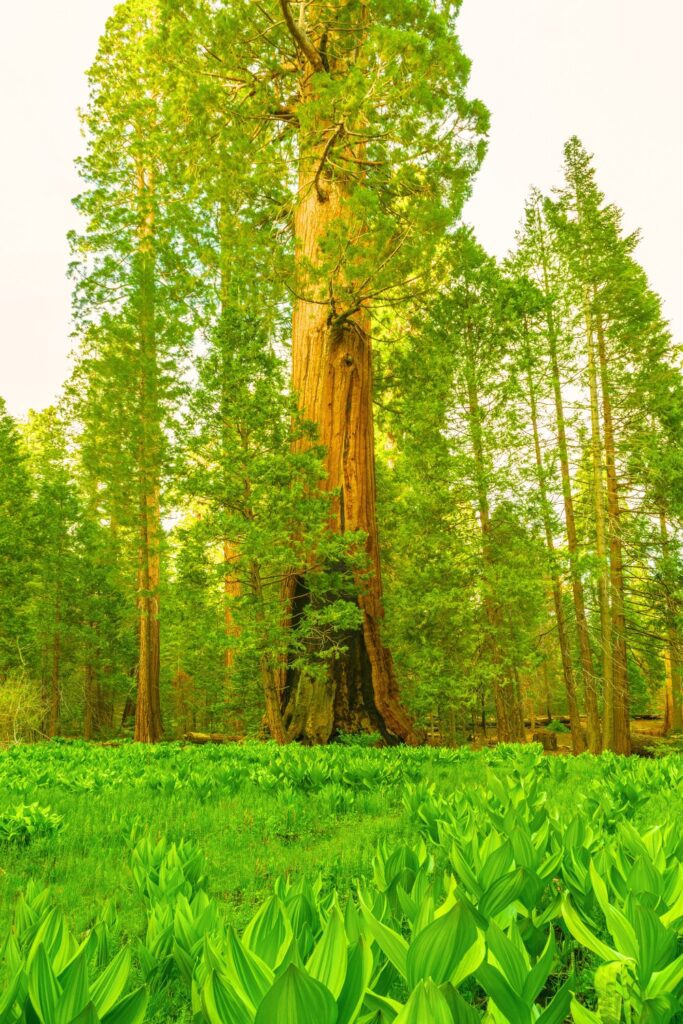

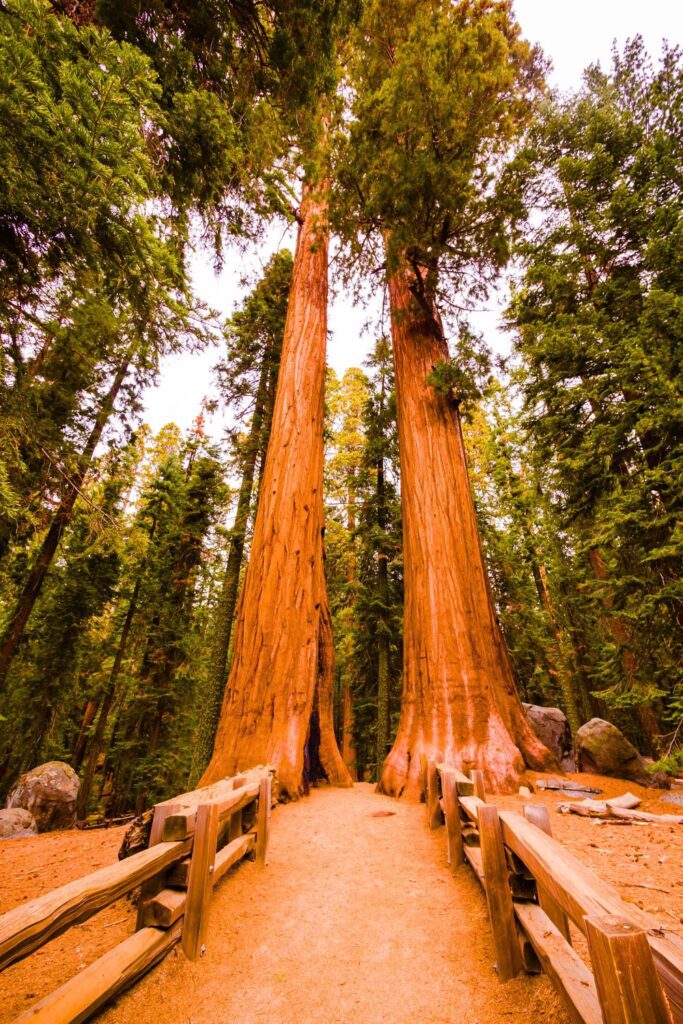
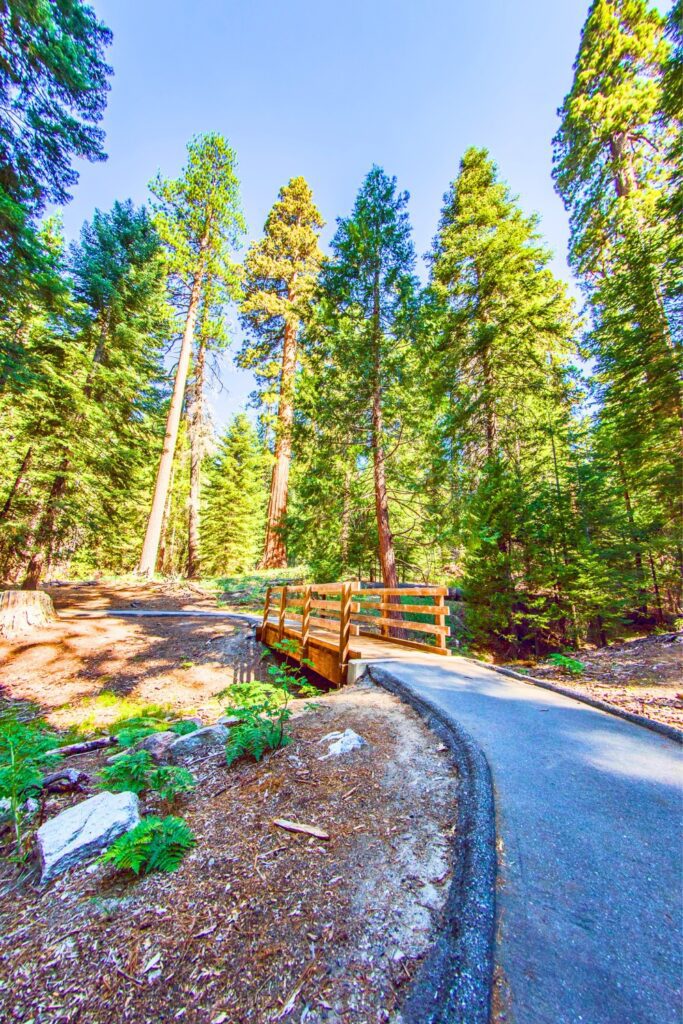
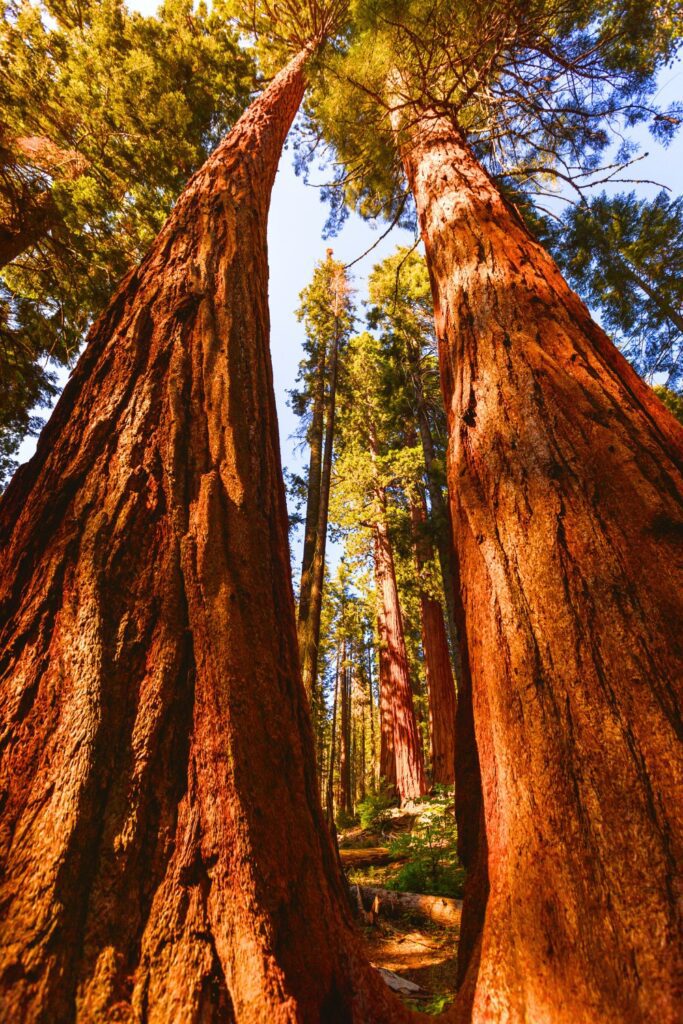
How to Get There
By Car:
- From Los Angeles: Take I-5 N to CA-99 N to CA-65 N, then connect to CA-190 E or CA-198 E depending on the area you plan to visit (approx. 4–5 hours).
- From San Francisco: Take I-580 E to I-5 S to CA-99 S and connect to CA-198 E or CA-65 S (approx. 5–6 hours).
Nearest Airports:
- Fresno Yosemite International Airport (FAT) – 1.5 to 2 hours
- Bakersfield Airport (BFL) – 2 hours
Due to the size and elevation differences across the forest, roads may be steep, narrow, and seasonally closed, especially in winter.
Best Times to Visit
- Late Spring (May–June): Wildflowers, active waterfalls, and open trails in lower elevations.
- Summer (July–August): Best time for high elevation hiking and camping; warm days and cool nights.
- Fall (September–October): Fewer crowds and crisp mountain air—great for photography and hiking.
- Winter (November–April): Snow blankets higher elevations; good for snowshoeing and solitude, but many roads may be closed.
10 Best Things to Do
- Visit Trail of 100 Giants – Walk among massive sequoias on an easy, scenic loop.
- Camp at Quaking Aspen Campground – Cool forest setting at 7,000 ft elevation.
- Hike Dome Rock – A short climb to panoramic views of the Sierra.
- Explore the Needles Fire Lookout Trail – A challenging hike with rewarding vistas.
- Whitewater Raft the Kern River – Adrenaline-filled rafting with guided tours.
- Swim in Lake Isabella – Popular for boating, fishing, and lakeside relaxation.
- Backpack into the Golden Trout Wilderness – Remote trails with alpine lakes and rugged terrain.
- Fish at Hume Lake – Family-friendly with picnic spots and scenic views.
- Stargaze from high elevation campsites – Minimal light pollution makes for excellent night skies.
- Drive the Western Divide Highway – A scenic byway packed with overlooks and access points.
5 Hidden Gems
- Freeman Grove – A secluded and less-traveled grove of massive sequoias.
- Johnsondale Bridge Swimming Hole – Local favorite for a refreshing dip in summer.
- Jerkey Meadow Trail – An off-the-beaten-path trail into the Golden Trout Wilderness.
- Brush Creek Falls – A small, seasonal waterfall with a peaceful setting near Kernville.
- Ponderosa Lodge Area – Small mountain hamlet with great food, hidden cabins, and trail access.
1–5 Day Sample Itinerary
Day 1: Arrival + Trail of 100 Giants
- Arrive via Western Divide Highway
- Explore Trail of 100 Giants (1–2 hrs)
- Sunset at Dome Rock
- Overnight at Quaking Aspen Campground
Day 2: Mountain Views + Stargazing
- Morning hike to Needles Lookout
- Lunch at Ponderosa Lodge
- Evening stargazing from the campground
Day 3: Kern River Adventure
- Drive to Kernville
- Whitewater rafting or tubing
- Dinner at local BBQ joint
- Stay in Kernville lodge or campground
Day 4: Hidden Trails + Swimming Hole
- Hike Jerkey Meadow Trail (half-day)
- Cool off at Johnsondale Bridge swimming hole
- Return to campsite
Day 5: Leisure + Departure
- Morning paddle at Lake Isabella
- Scenic drive out via Sierra Way
Packing List
If you don’t already have these, the majority of the following items below can be found on my Amazon gear store:
- Layered clothing (mountain temps vary greatly)
- Sturdy hiking shoes
- Refillable water bottles or hydration system
- Maps (many areas have no cell service)
- Sunscreen and bug spray
- Camp stove or picnic supplies
- Binoculars for wildlife
- First aid kit
- Bear-proof food containers (required in some areas)
- Trash bags (pack out everything)
Where to Stay
- Campgrounds: Closest options near Kings Canyon & Sequoia National Park (see options)
- Lodges/hotels: Closest options
- Backcountry: Golden Trout Wilderness (permit required for overnight trips)
Related
Things to Know Before You Go
- Permits: No entrance fee for the forest, but some wilderness areas and campgrounds require permits.
- Fires: Always check fire restrictions, conditions vary by season.
- Road Conditions: High elevation roads may close due to snow or rockfalls, check ahead.
- Wildlife: Bears are present; use food storage lockers or bear canisters.
- Cell Service: Limited or non-existent in most areas, download maps ahead of time.
Final Thoughts
Sequoia National Forest may sit in the shadow of its more famous national park neighbor, but for those in the know, it offers an untamed and less-crowded alternative. With scenic drives, towering groves, and the kind of peace only deep forest can provide, this destination is perfect for a first-time visit or a lifelong return.
